I love slipping into a house and a space created by a stranger. Designed as a special retreat, the best ones are furnished in a way that reflects the locale, the natural surroundings and the general vibe of the environment. But it’s a delicate balance–how to make a house of your own but used by others feel at once homey but without making guests feel like they’re living amongst your own stuff. Personal but not too domestic. I have found that in all instances the best of these places are defined by their selection of books.
And so I thumbed through the creaky bookshelf at the end of the wall of slouchy punee (couches) that was generously stocked with well-used retro board games — less retro maybe and more just old — and fell upon a well worn book destined for me to find. Hawaii Trails: Walks, Strolls and Treks on the Big Island by Kathy Morey. A vintage perspective on this constantly evolving island, it’s also filled with information on geology, history and language. While thumbing through, I found mention of a landmark and surrounding hike that seemed doable from my location along the ancient Ala Kahakai trail at Beach 69. Looking for something of a distance less than yesterday’s ten miles, I decided to set out to the north just after morning coffee.


Pu’ukoholā is a temple built by Kamehameha who, as one of three rivals vying for control over all the islands in the Hawaiian chain, was urged to do so by a powerful kahuna (priest) from Kaua’i. The kahuna told the warrior of his vision of Kamehameha’s success as king over the islands if he were to build a heiau (temple) to honor the war god Kū. This sounded good.
The first .59 mile of the trail which started just outside the gate of our Hale (house) went by with ease. The view across the golden plains to the right and up to Mauna Kea showed off a view free of vog to the point I could see the domes of the observatories some 14,000 feet up. Crossing over the wide, smooth sandy beach of Hapuna, the challenge was to keep track of the jumping path of the trail. It is broken up here and there by resorts, public beaches, private homes and an always aging and moving shoreline. I had hoped for a more rugged jaunt than yesterday with more time on the trail and I got it. I scaled down steep, sharped edged cliffs, ignored “Danger Flood Zone” warnings (twice) and huddled along the outside of a back yard fence suspended over the forest floor just to keep to the trail. I hiked past remnants of the long-ago homes of warriors carved into the cliffs above the Pacific. With a beautiful view of Mauna Kea beach, a huge washed out lava tube below seemed the perfect spot from which to launch a canoe for fishing or defense.
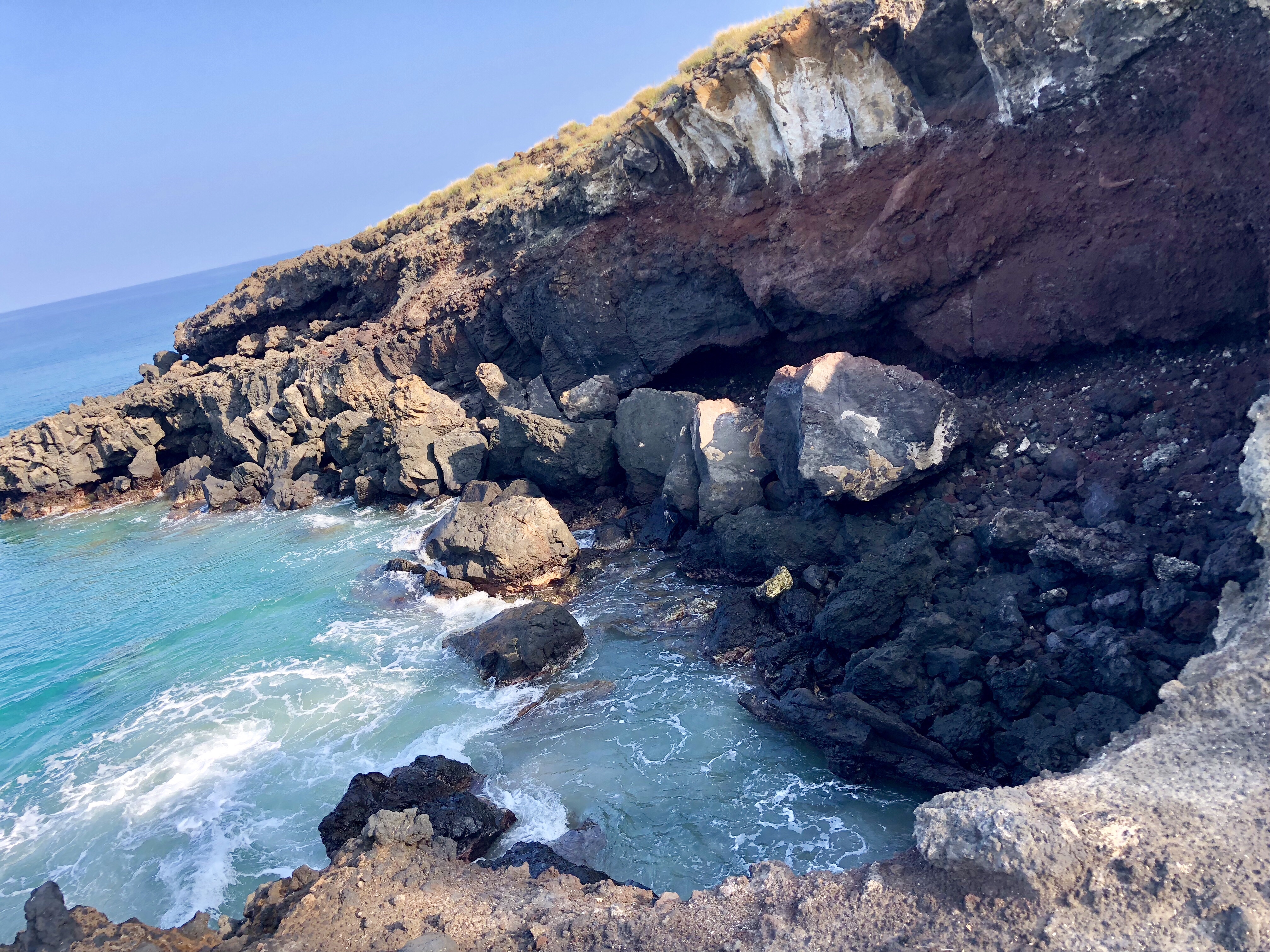
It became redundant–the small bays revealing secret black beaches or snorkeling spots filled with calm turquoise blue water. More and more never-ending breathtaking beauty. Maybe it was the sky, but the water had a particular iridescence that reminded me of Jolly Rancher candies. As I moved up the coast, the sharp cliffs fell more gently into the ocean. By the time I reached Spencer Beach, the digital companion mapping my walk gently announced “5 miles”. Oh well, so much for the shorter hike. It seems Ten is my lucky number on this trip.
I walked up off the beach and onto the surrounding slope. In the clearing above, I saw it. Resting above on a high, flat plateau the temple looked other-worldly…so obviously man-made in the midst of the most organic and wild surroundings. Here, along Kawaihae Bay, the land rises gently and seemingly forever toward the dormant Kohala. It is here, for the first time perhaps, that I am uniquely aware that I am standing at the foot of a volcano. 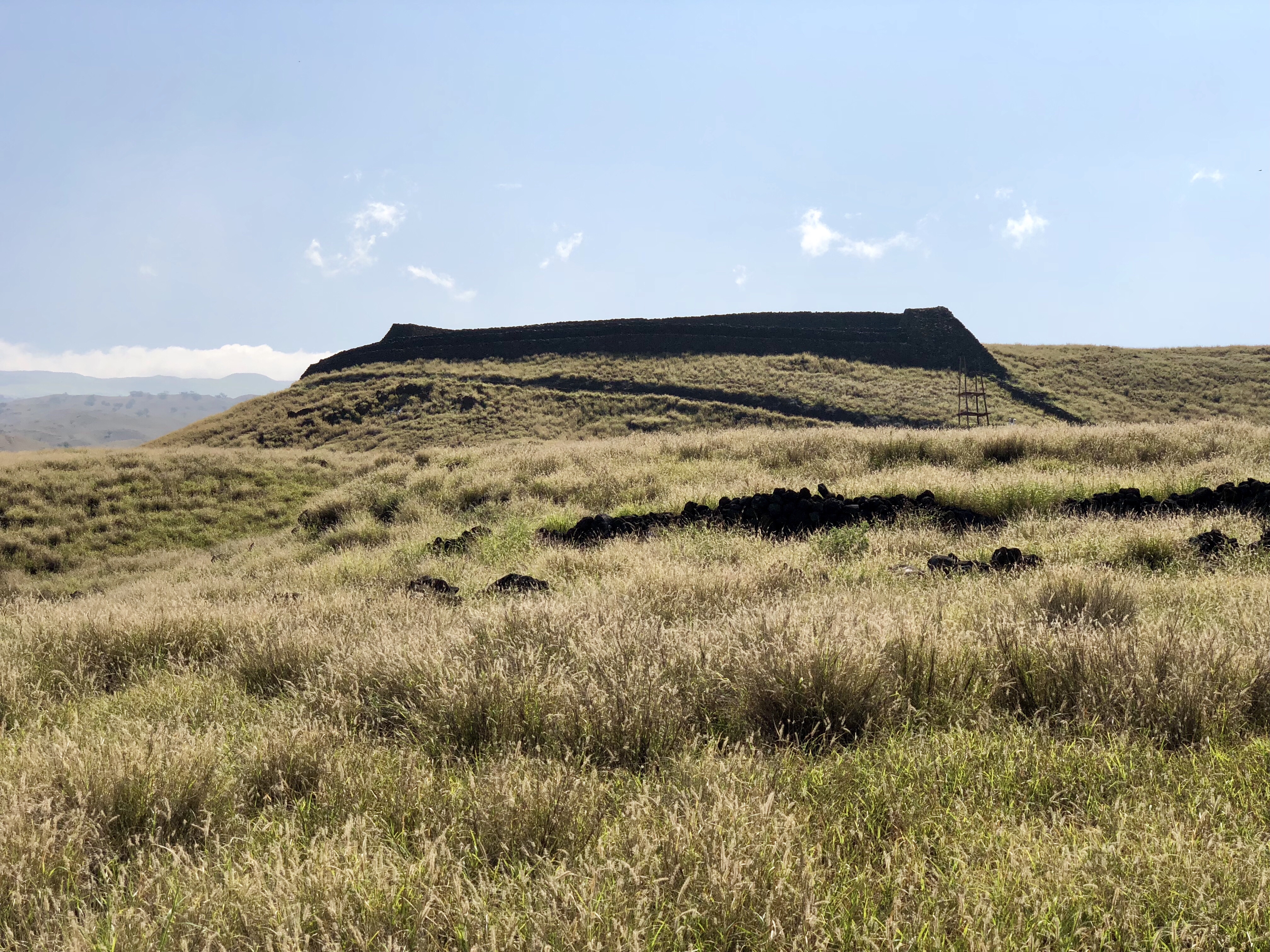
It’s incredible that this enormous temple was completed in just one year from lava rocks, not from here, but from Pololu Valley — miles to the north — selected for reasons unknown. So determined was Kamehameha to complete Pu’ukoholā and, therefore, the prophecy of his reign that he helped lay the stones himself. But this spot is more than just the temple. It lies at the very heart of Hawaiian history which lives on today in the hearts and traditions–the Mahalo–of everyday Hawaiians. Surrounding this temple are the foundations of buildings and a small cove which were part Pelekane, of a royal compound at the base of Mailekini, a second, less preserved temple that pre-dates Pu’ukoholā. 
The cove here is home to the Hale o Kapini Heiau, a submerged temple dedicated to the akua (sharks) who still frequent this cove (note to self: resist the urge to cool off here). In short, this quiet spot is literally the Times Square of Hawaiian history. Yet there are only a handful of people here. My favorite part of the story of Pu’ukoholā is based less on fact and more on conjecture.

To set the plot of the prophecy in motion, Kamehameha invited his last remaining rival, Keoua, to the dedication of the temple. Now any decent temple of the day required a human sacrifice to make the warrior God satisfied. Knowing this, Keoua, with whom Kamehameha had been battling with no clear winner emerging, accepts the invitation. Why would he do this? It is said that following the last battle between these two rivals in the southern desert of Kau, Kīlauea–the volcano causing all of today’s troubles–erupted and mysteriously took a single group of Keoua’s men on their journey home, leaving them mysteriously dead in their path. Perhaps he felt then, as now, that Pele had spoken and directed him to do what is right by his people. So he glided into this cove in his canoe to what was his own certain death. After his assassination, Kamehameha became king and gradually united all the islands of Hawaii together as one. Now I know King Kamehameha was an extraordinary leader. But the self-sacrifice of his rival at the behest of the voice of Pele seems pretty amazing to me. And so while Pele is awake once more on the other side of the island, I have to wonder what her message is today. What are we missing? And as I turn for the long walk home, I think –maybe– that it is to walk quietly, take time see the life in all things around you and to take care of it.

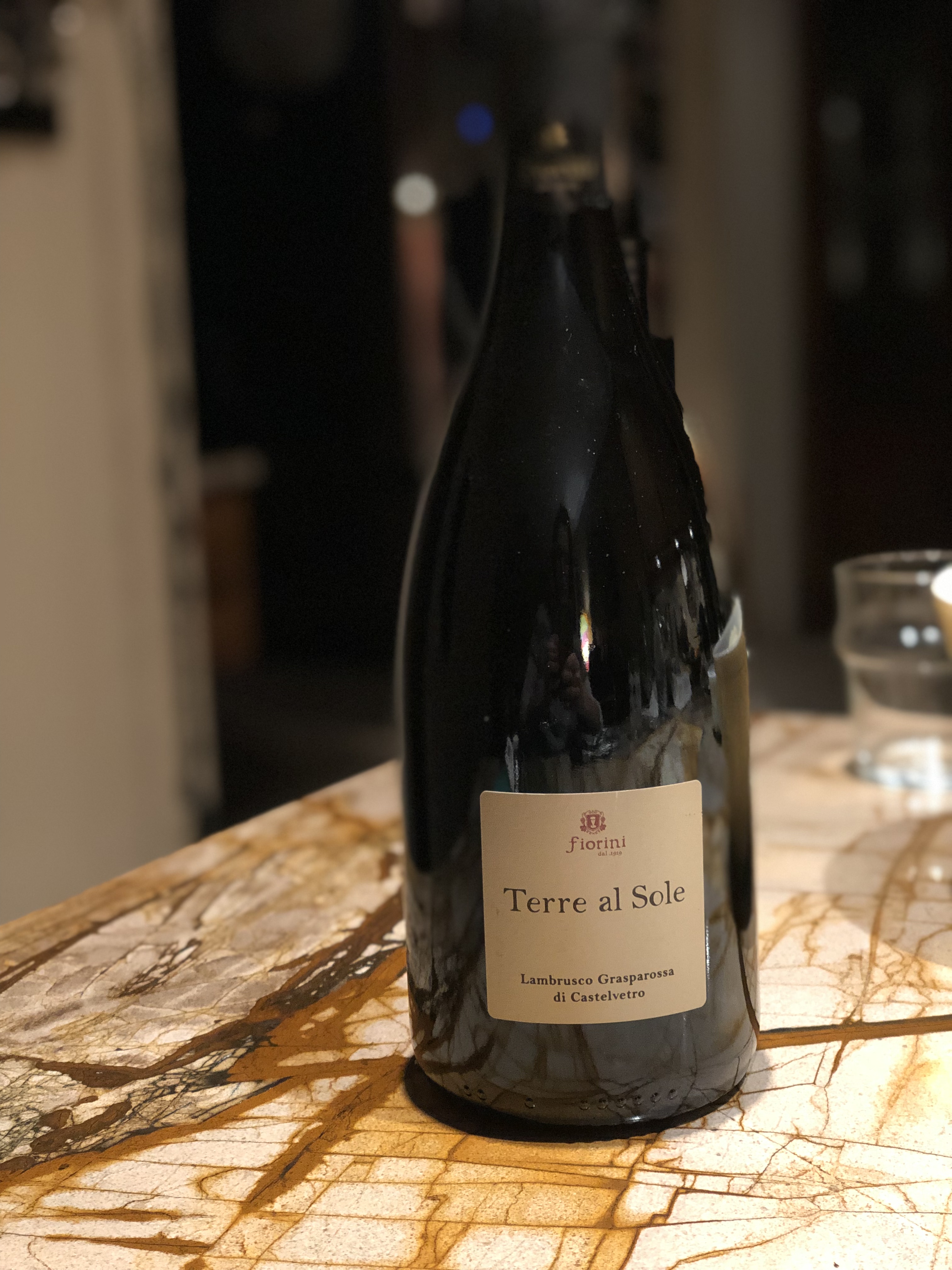
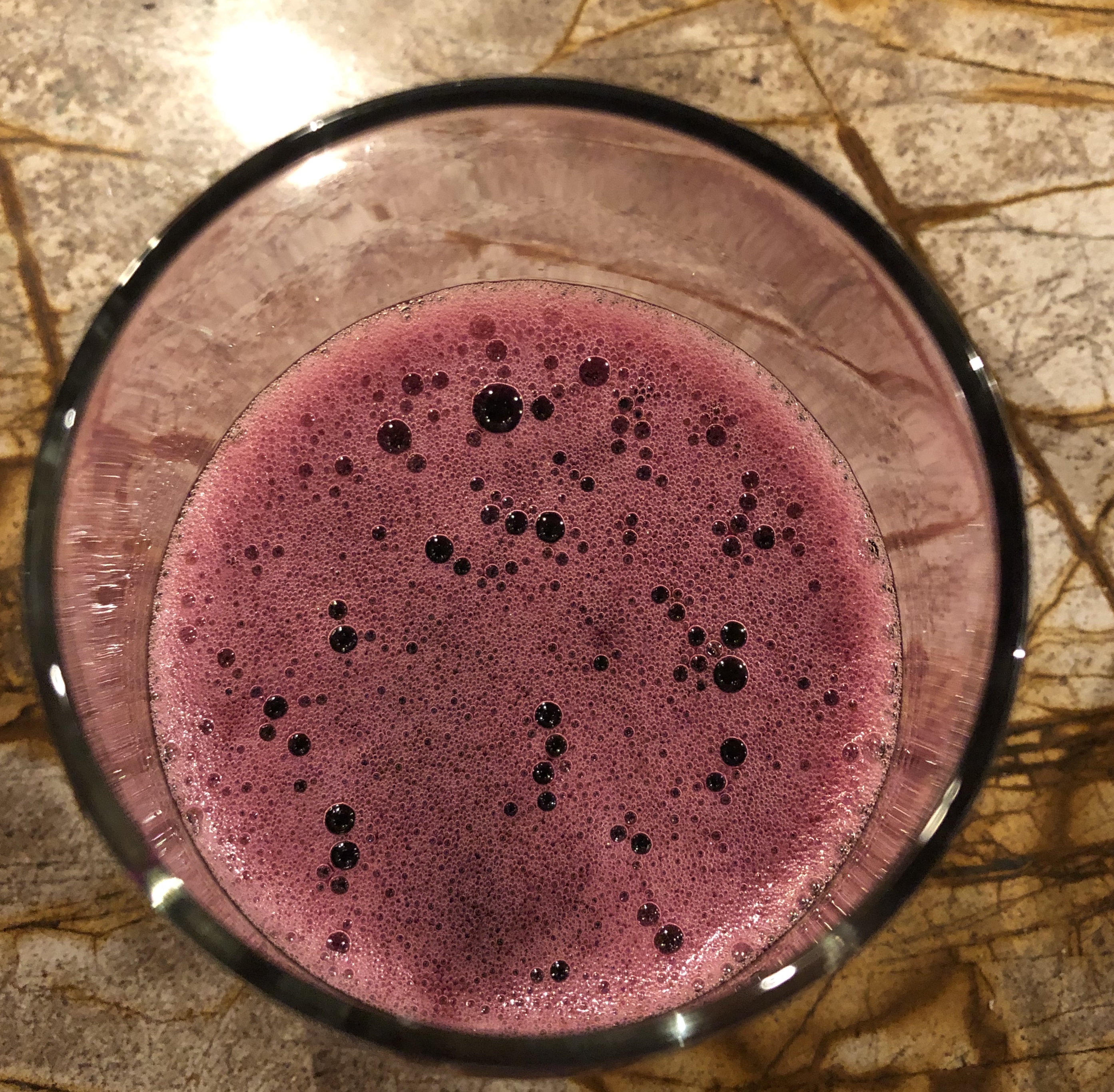
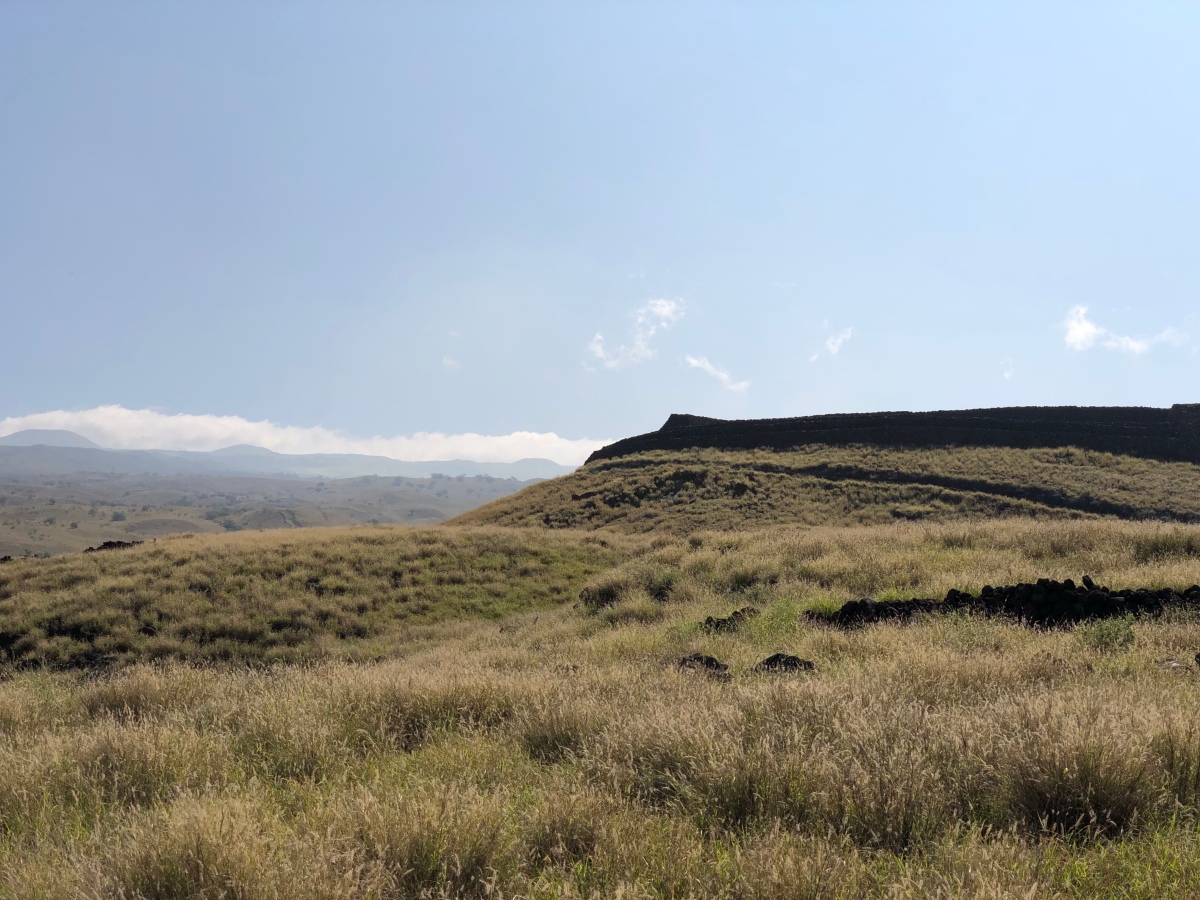







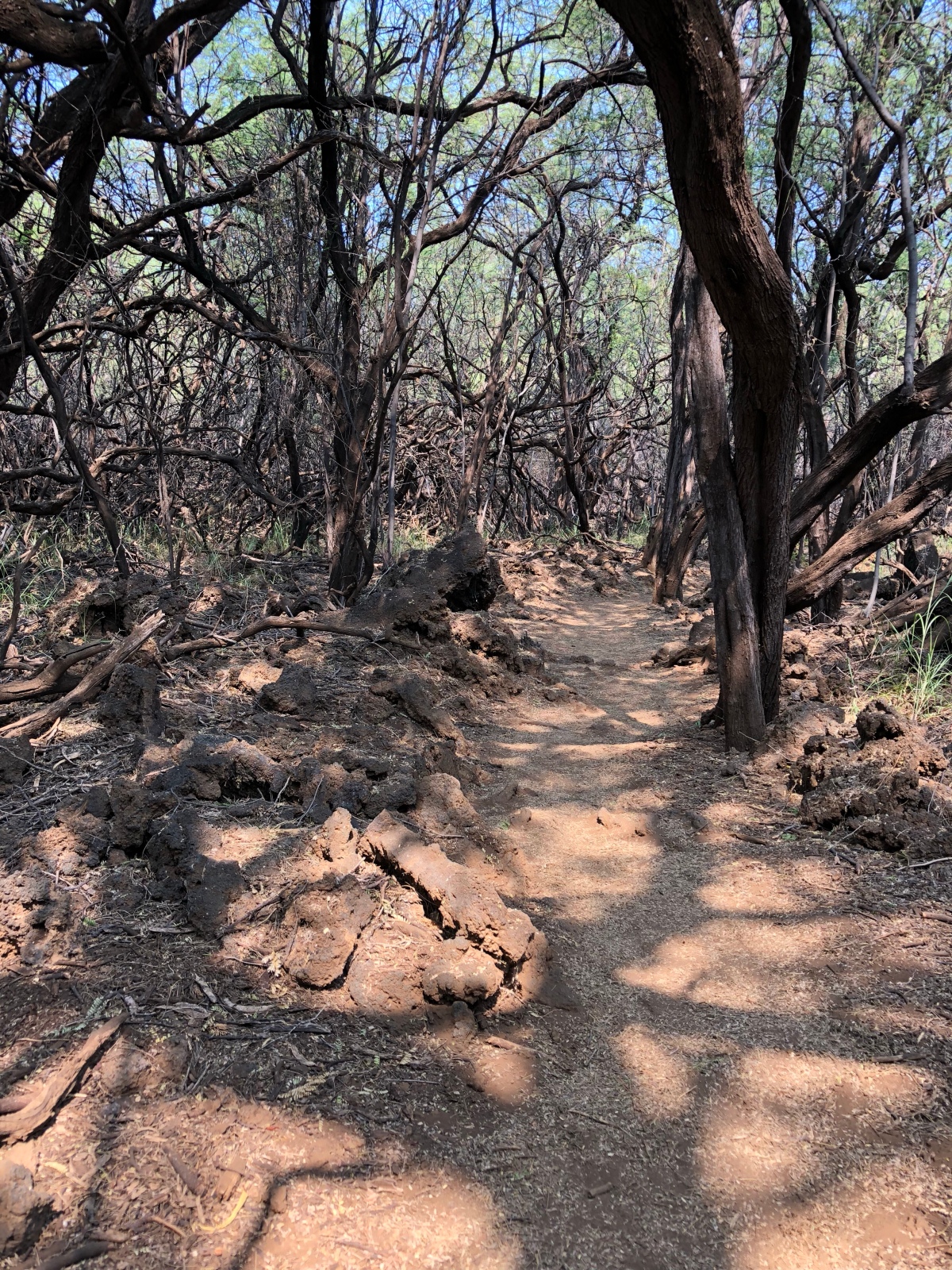




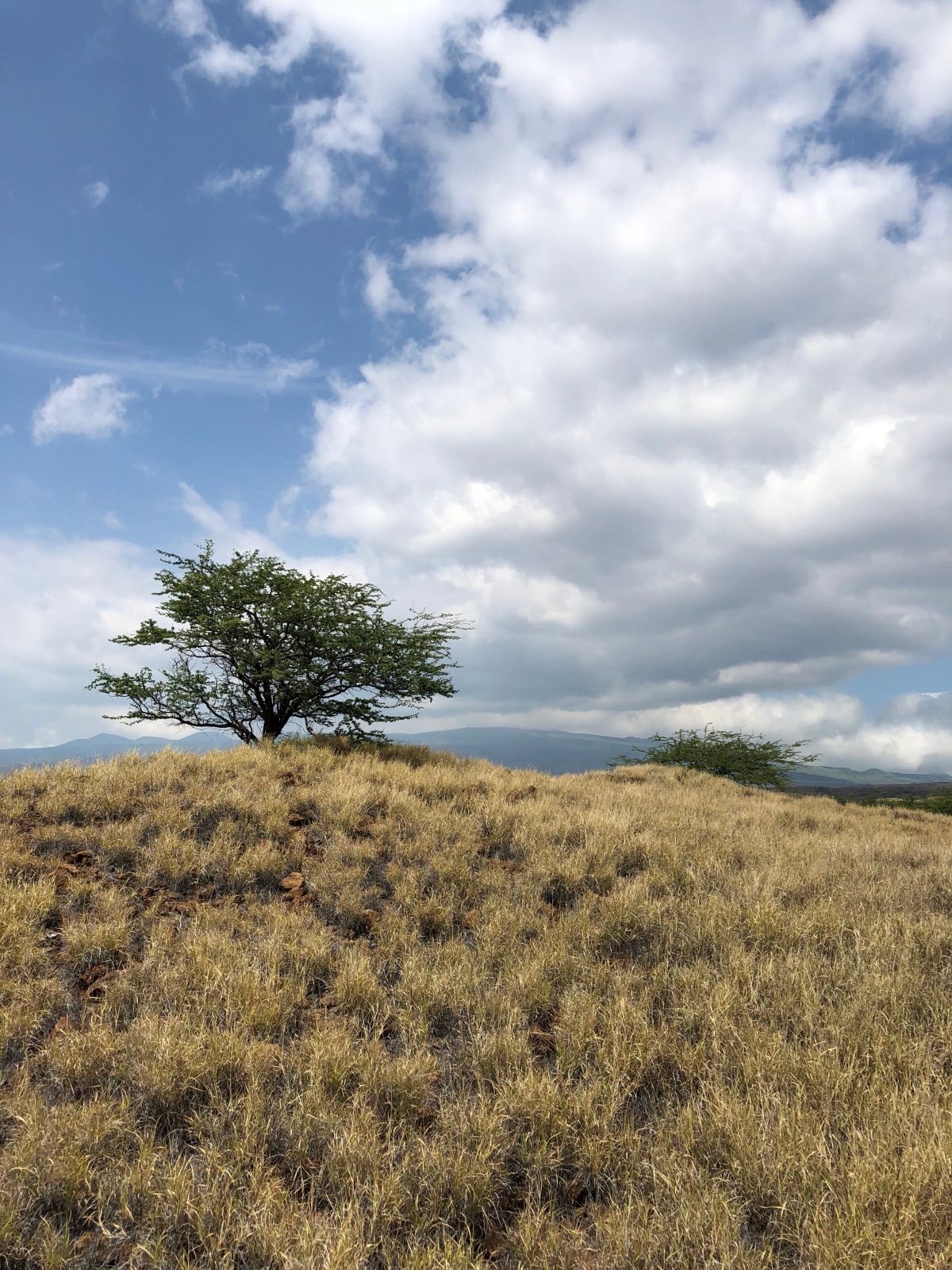
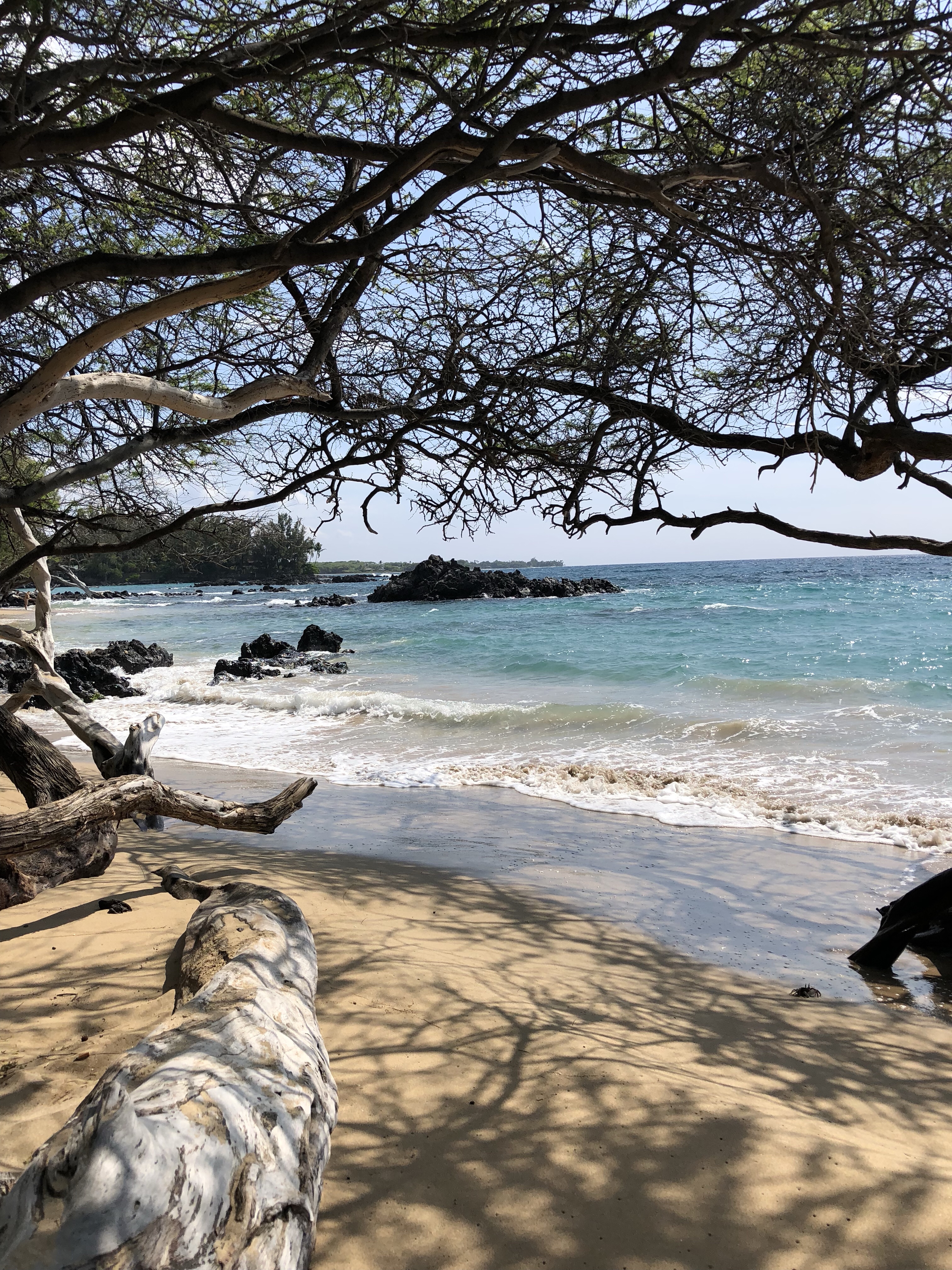


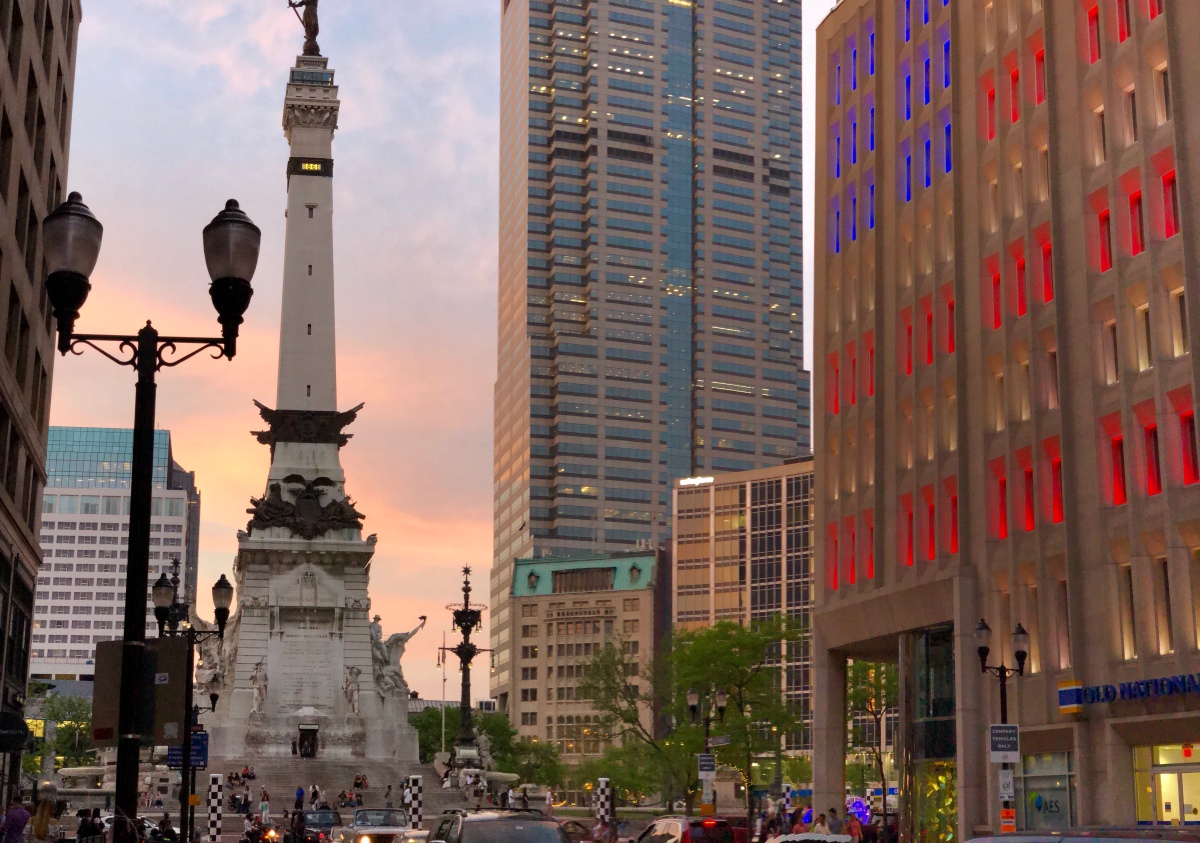



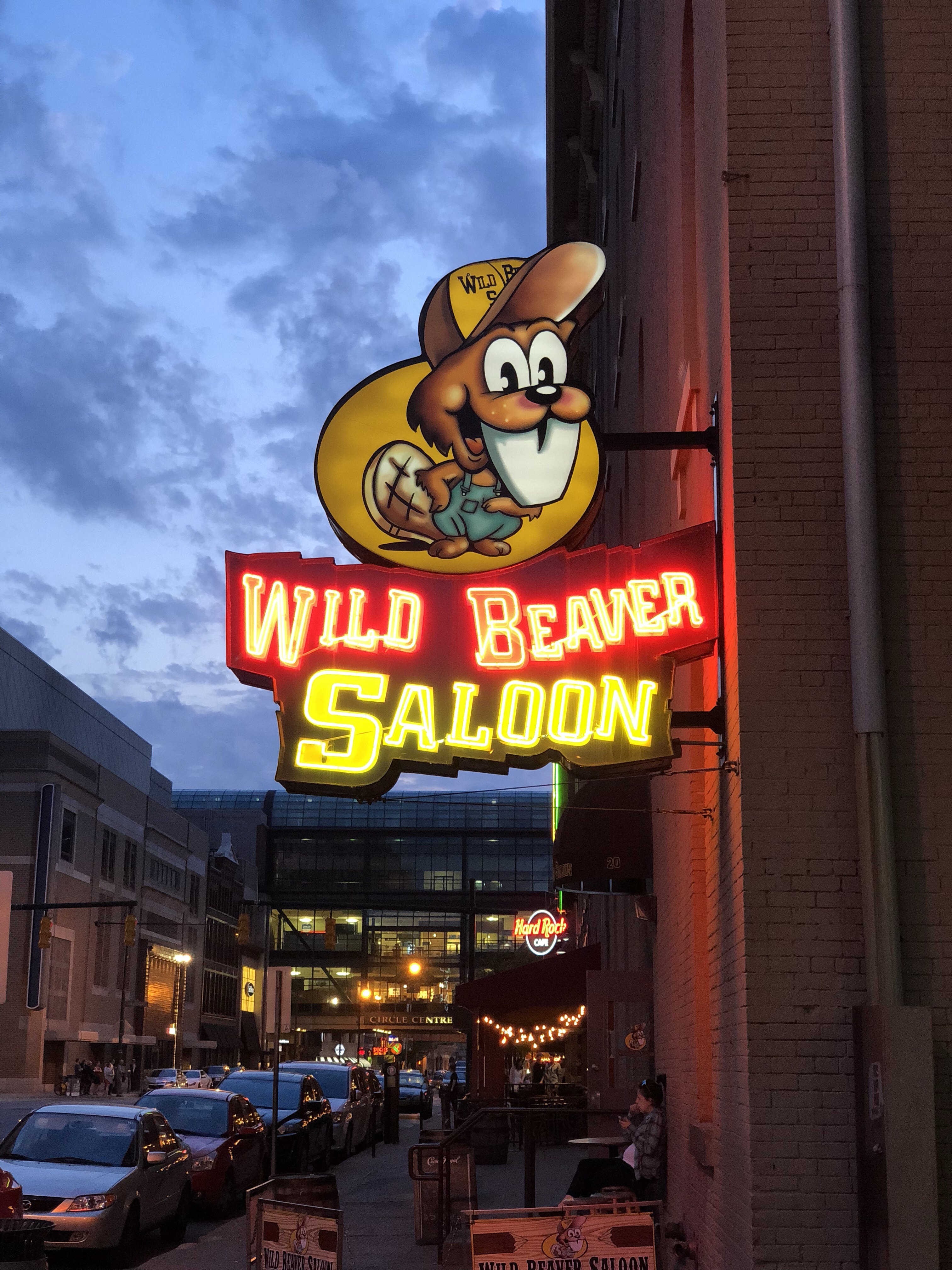

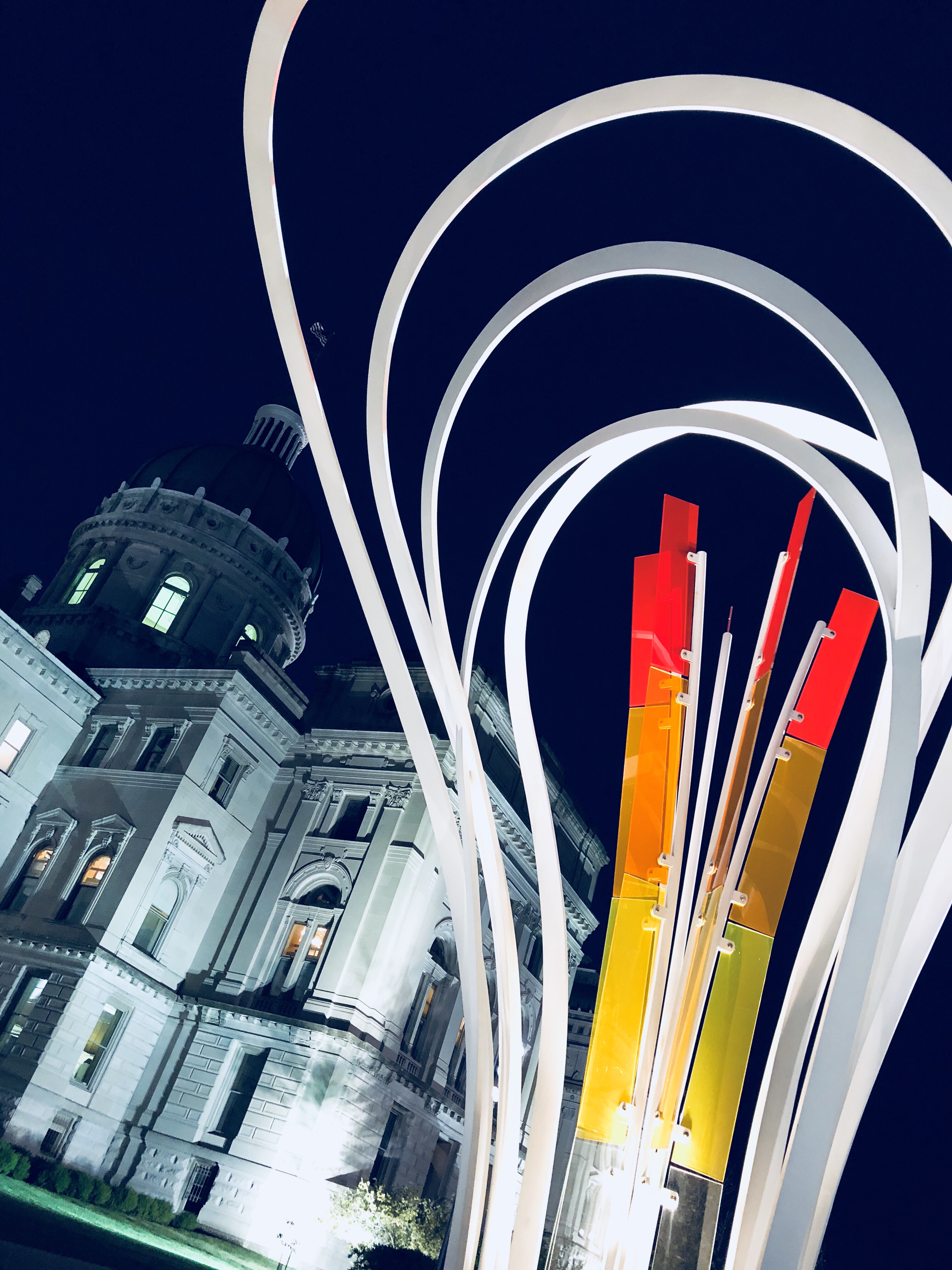


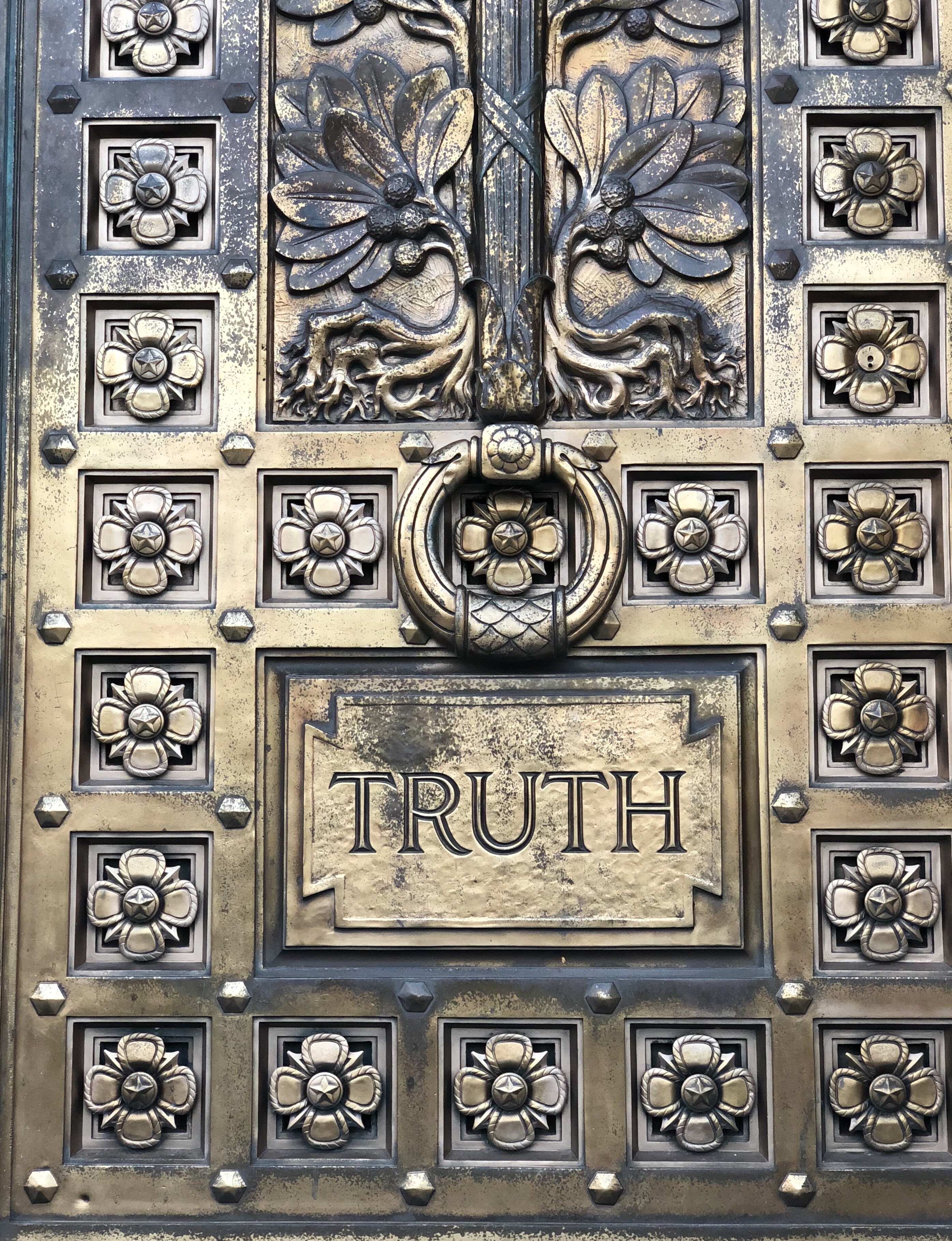
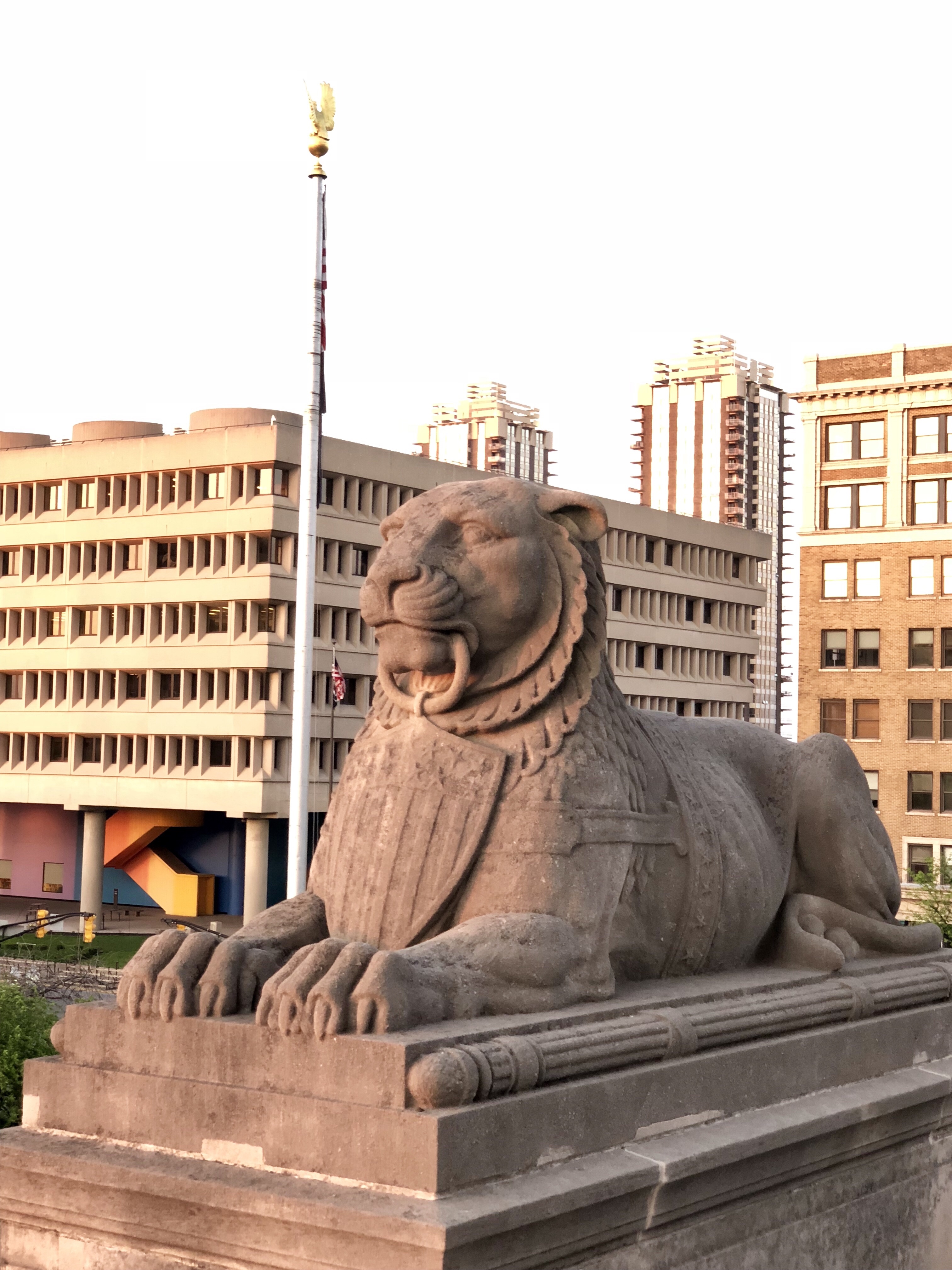


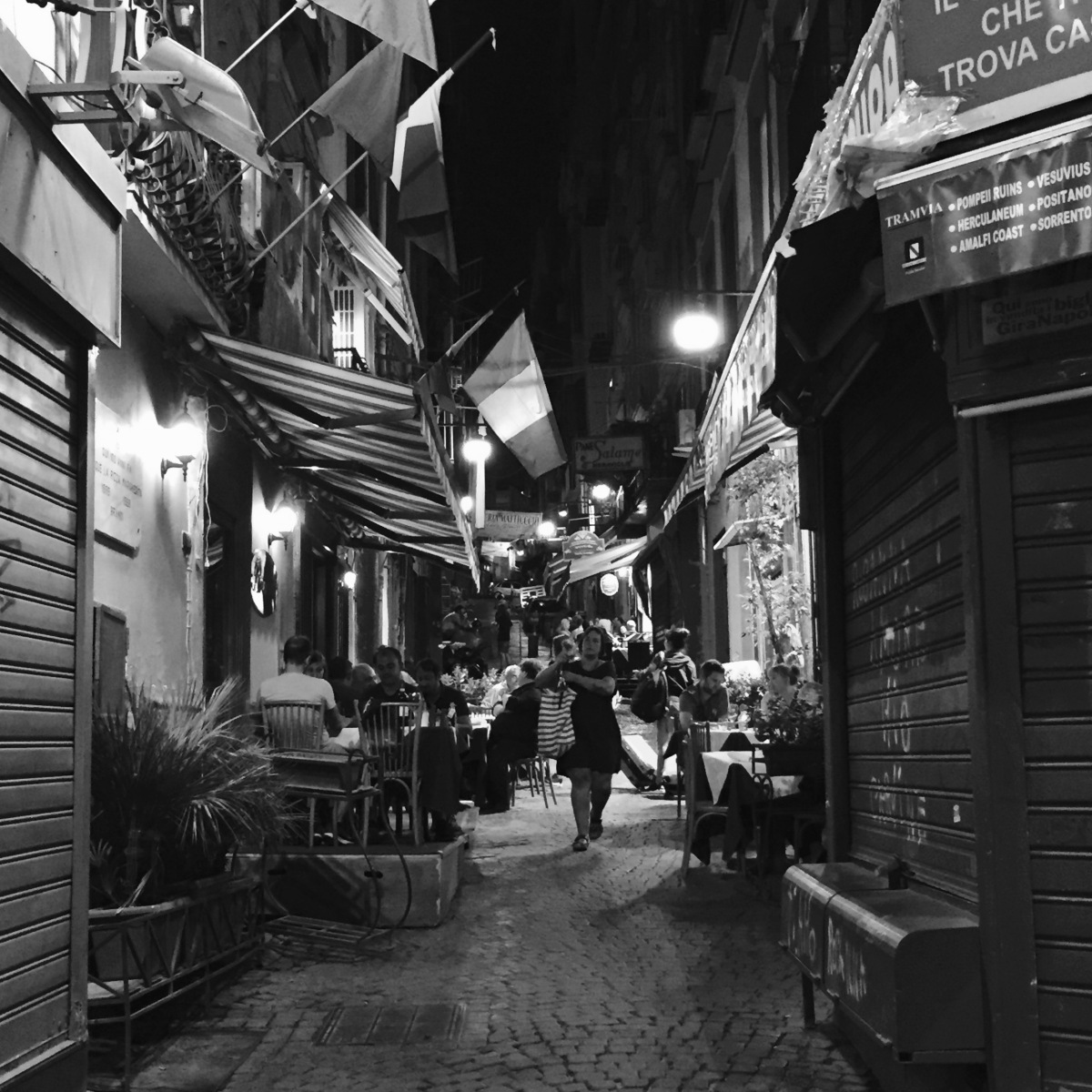

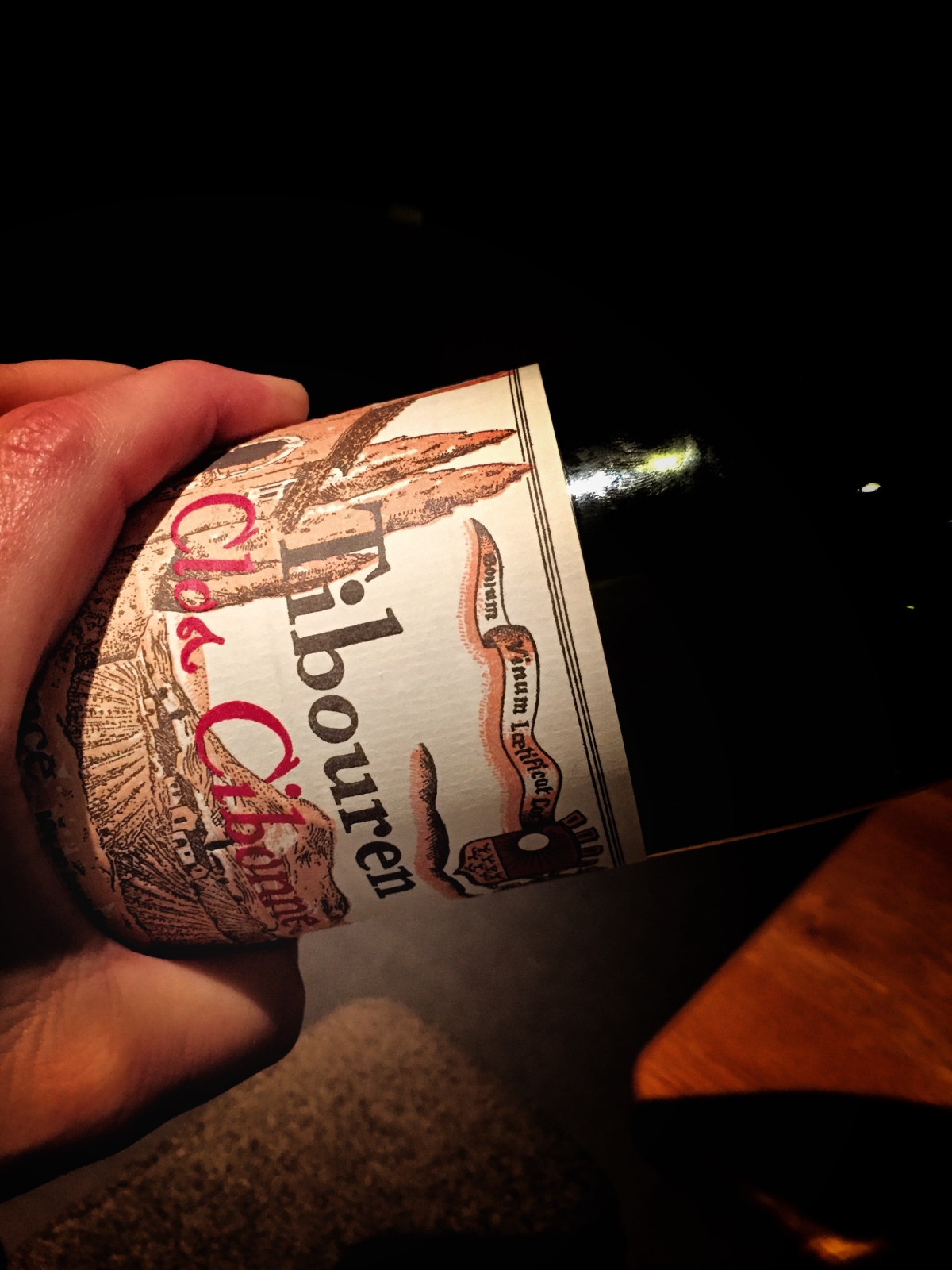
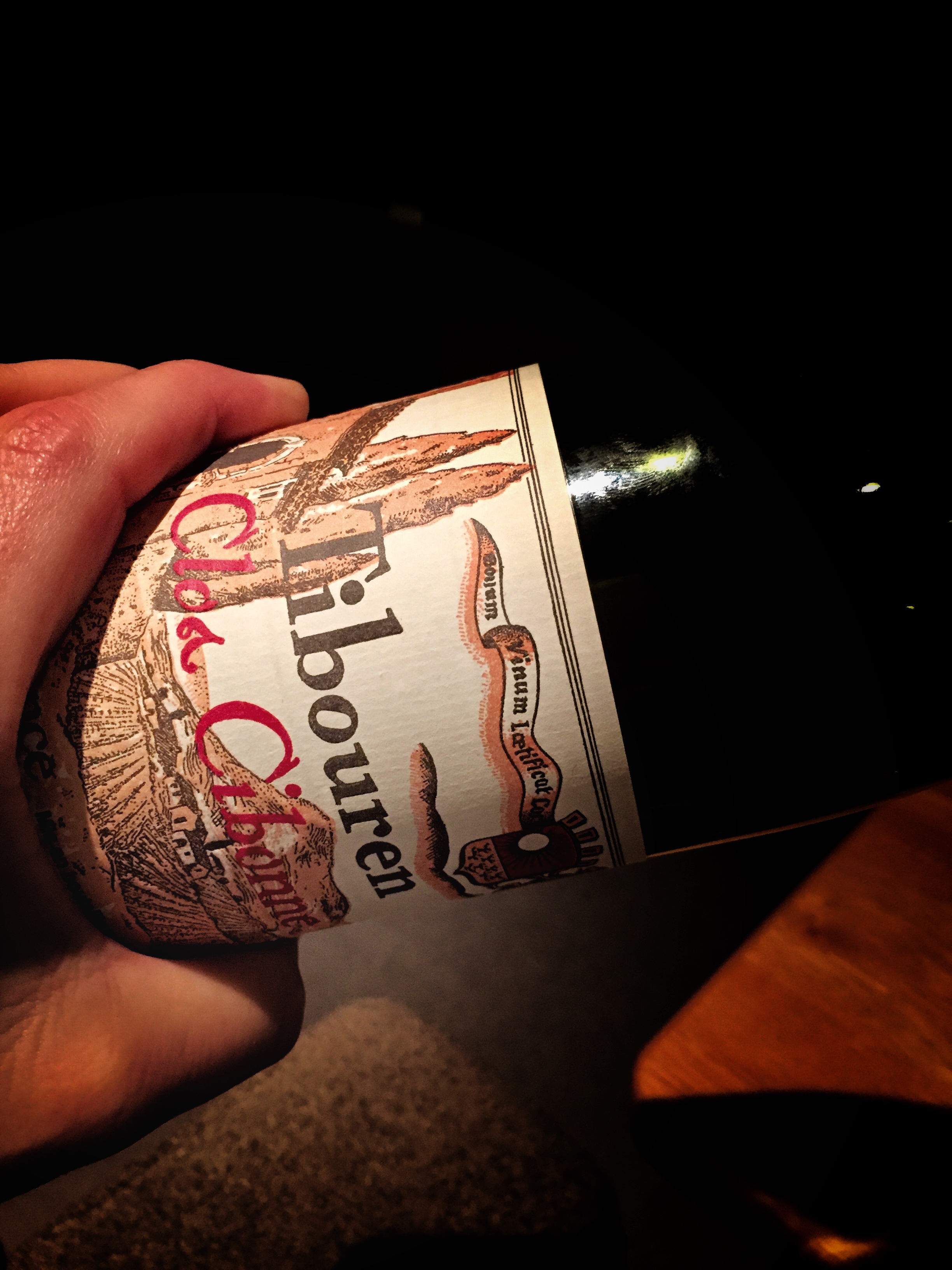 The color is really more pale copper than pink….more like the color of a warm sunset after an endless day. The flavors of this wine produced in a most unusual way — using an unusual choice of the local grape of Tibouren, aged (who has heard of aged rosé?!) under a layer of yeast where it matures, yielding correspondingly complex flavors lightyears beyond the strawberry, cherry fruity frivolity of meant-to-be-drunk fresh “pinks”. Bitter orange, vanilla & spice on a back drop of field strawberry & herb on a slowly pulsing, calm & slightly saline ocean wave of body on the finish. This is a wine for thoughtful food. This is a wine for thoughtful people. And its definitely the wine to savor despacito over a long and slow sunset. At least I have my plans for tonight.
The color is really more pale copper than pink….more like the color of a warm sunset after an endless day. The flavors of this wine produced in a most unusual way — using an unusual choice of the local grape of Tibouren, aged (who has heard of aged rosé?!) under a layer of yeast where it matures, yielding correspondingly complex flavors lightyears beyond the strawberry, cherry fruity frivolity of meant-to-be-drunk fresh “pinks”. Bitter orange, vanilla & spice on a back drop of field strawberry & herb on a slowly pulsing, calm & slightly saline ocean wave of body on the finish. This is a wine for thoughtful food. This is a wine for thoughtful people. And its definitely the wine to savor despacito over a long and slow sunset. At least I have my plans for tonight.